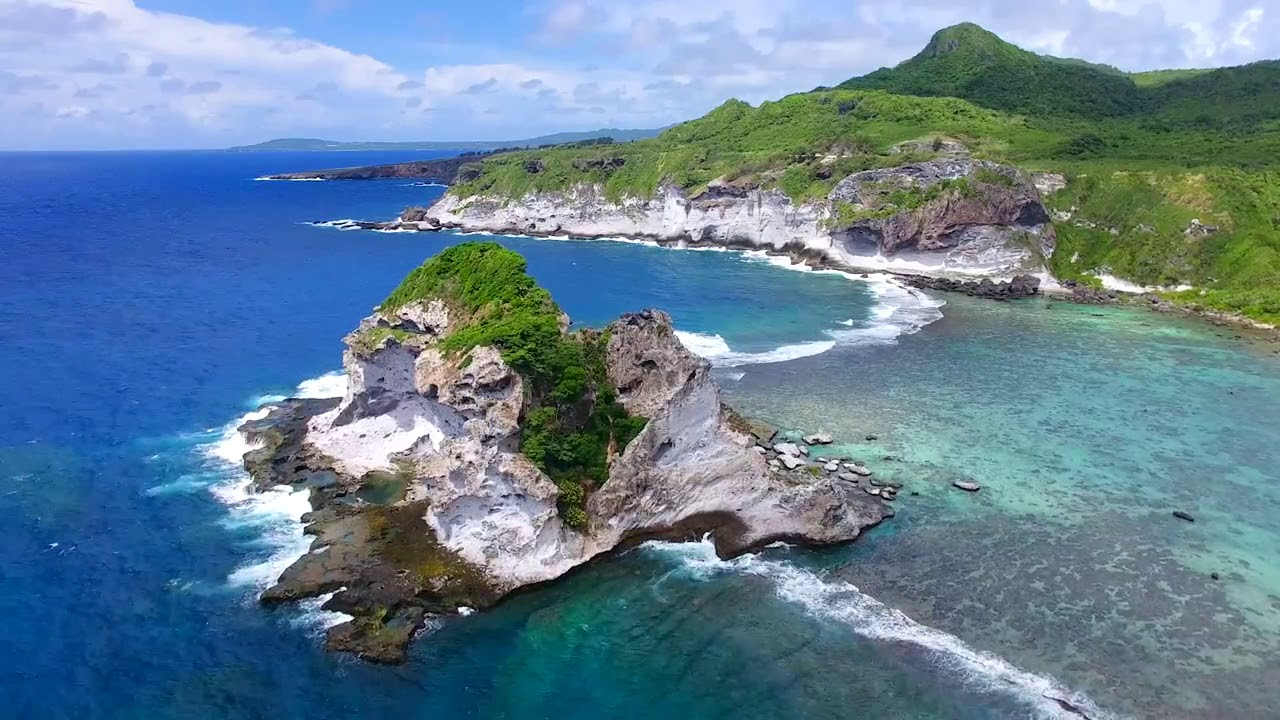The Northern Mariana Islands, an unincorporated territory of the United States, are a stunning archipelago located in the western Pacific Ocean. Renowned for their breathtaking natural landscapes, rich cultural heritage, and historical significance, these islands offer a unique blend of tropical beauty and cultural richness. With its pristine beaches, lush forests, and vibrant local culture, the Northern Mariana Islands are a perfect destination for those seeking both relaxation and exploration.
Table of Contents
Geography
The Northern Mariana Islands are situated in the western Pacific Ocean, approximately 3,700 kilometers west of Hawaii and 1,500 kilometers east of the Philippines. The archipelago consists of 15 islands, with Saipan, Tinian, and Rota being the largest and most populated. Covering a total area of around 464 square kilometers, the islands feature a diverse range of landscapes, from volcanic peaks and rolling hills to white sandy beaches and turquoise waters.
The geography of the Northern Mariana Islands is marked by its volcanic origin, with several of the islands featuring lush rainforests and dramatic coastal cliffs. The islands are part of the Mariana Trench, the deepest part of the world’s oceans, which contributes to the unique marine biodiversity and stunning underwater landscapes found in the region. The archipelago’s location in the Pacific makes it a popular destination for snorkeling, diving, and exploring its vibrant coral reefs and marine life.
States of Northern Mariana Islands
The Northern Mariana Islands is a U.S. territory in the Pacific Ocean and does not have states like the mainland United States. Instead, it consists of 14 islands, with the most significant ones being Saipan, Tinian, and Rota. These islands are not divided into states but are part of a single political entity under the Commonwealth of the Northern Mariana Islands (CNMI). Here’s a table listing the 14 islands of the Northern Mariana Islands along with their capitals:
| Number | Island | Capital |
|---|---|---|
| 1 | Saipan | Capitol Hill (Saipan) |
| 2 | Tinian | San Jose |
| 3 | Rota | Songsong |
| 4 | Agrihan | None |
| 5 | Alamagan | None |
| 6 | Anatahan | None |
| 7 | Asuncion | None |
| 8 | Farallon de Medinilla | None |
| 9 | Guguan | None |
| 10 | Maug | None |
| 11 | Pagan | None |
| 12 | Sarigan | None |
| 13 | Zealandia Bank | None |
| 14 | Farallon de Pajaros | None |
Most of the smaller islands do not have permanent populations or designated capitals, which is why “None” is listed for those islands. The main inhabited islands are Saipan, Tinian, and Rota.
History
The history of the Northern Mariana Islands is deeply intertwined with its indigenous Chamorro culture and European exploration. The islands were originally settled by the Chamorro people, who established a rich and vibrant culture characterized by traditional practices, unique languages, and a deep connection to the land and sea.
In 1521, the Spanish explorer Ferdinand Magellan arrived in the Northern Mariana Islands, marking the beginning of European influence in the region. The Spanish colonial period saw the introduction of new cultural and religious practices, which significantly impacted the local Chamorro way of life. During this time, the islands were part of the Spanish East Indies and were used as a strategic outpost for Spanish exploration and trade.
In the late 19th century, the Northern Mariana Islands came under German control as part of the German New Guinea colony. After World War I, the islands were transferred to Japanese administration under the League of Nations mandate. The Japanese period saw significant economic and infrastructural development but also included periods of conflict, including the Battle of Saipan during World War II.
Following World War II, the Northern Mariana Islands became a United Nations Trust Territory under U.S. administration. In 1978, the islands entered into a political union with the United States, and the Northern Mariana Islands became a Commonwealth in 1986. Today, the islands are an unincorporated territory of the United States, enjoying a degree of self-governance while remaining under U.S. jurisdiction.
Top Ten Must-Visit Destinations
1. Saipan

Saipan, the largest island in the Northern Mariana Islands, is a popular destination known for its beautiful beaches, vibrant nightlife, and historical sites. The island’s attractions include the stunning Micro Beach, which offers clear waters and excellent swimming conditions, and the historic American Memorial Park, which commemorates the World War II battle that took place on the island.
2. Tinian
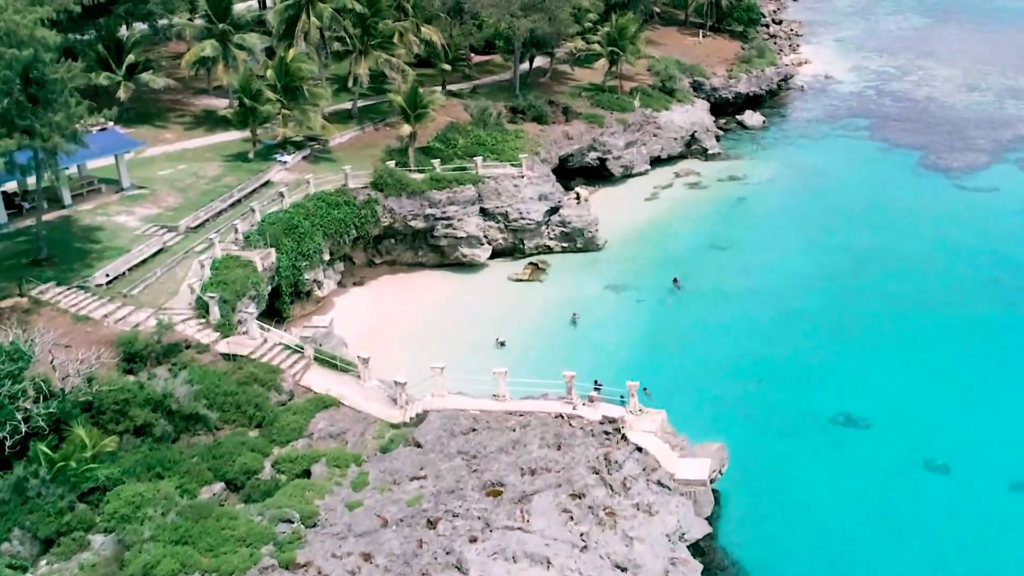
Tinian is renowned for its historical significance and natural beauty. The island is home to the Tinian Atomic Bomb Pits, where the bombs used in World War II were assembled, as well as picturesque beaches like Tachogna Beach. Visitors can also explore the ancient latte stone ruins, which offer insights into the island’s pre-colonial history.
3. Rota
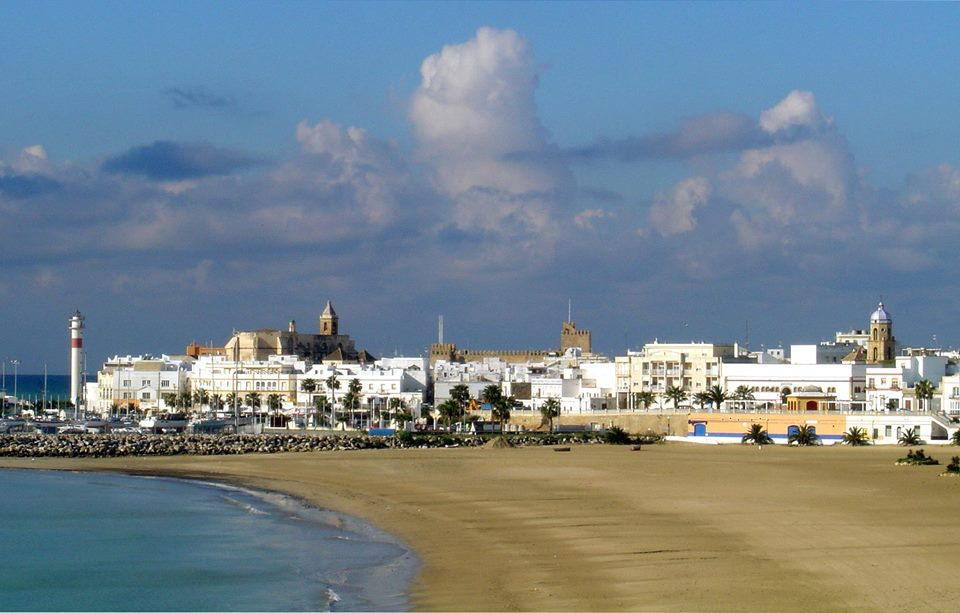
Rota, known as the “Garden Island,” is celebrated for its lush landscapes and tranquil environment. The island features the impressive Rota Latte Stone Quarry, where ancient Chamorro structures were carved, and the stunning Obyan Beach, which offers serene swimming conditions and breathtaking views.
4. Grotto

The Grotto, located on Saipan, is a renowned underwater cavern that is a popular spot for snorkeling and diving. The grotto features crystal-clear waters and an array of marine life, making it a must-visit destination for underwater enthusiasts and nature lovers.
5. Forbidden Island
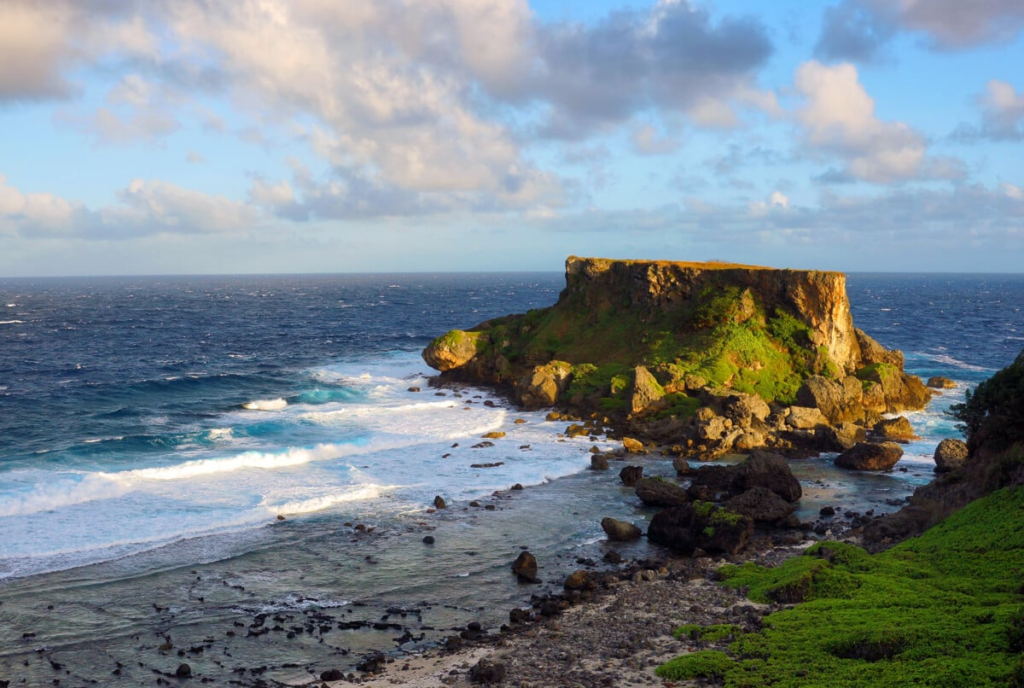
Forbidden Island is an uninhabited island located off the coast of Saipan. It is known for its rugged terrain, pristine beaches, and rich marine life. Visitors can explore the island’s natural beauty and enjoy activities such as hiking and snorkeling.
6. Bird Island

Bird Island, situated off the coast of Saipan, is a small island known for its rich birdlife and natural beauty. The island is a sanctuary for various bird species and offers stunning views of the surrounding ocean. It is a great destination for birdwatching and enjoying the island’s natural landscapes.
7. Suicide Cliff
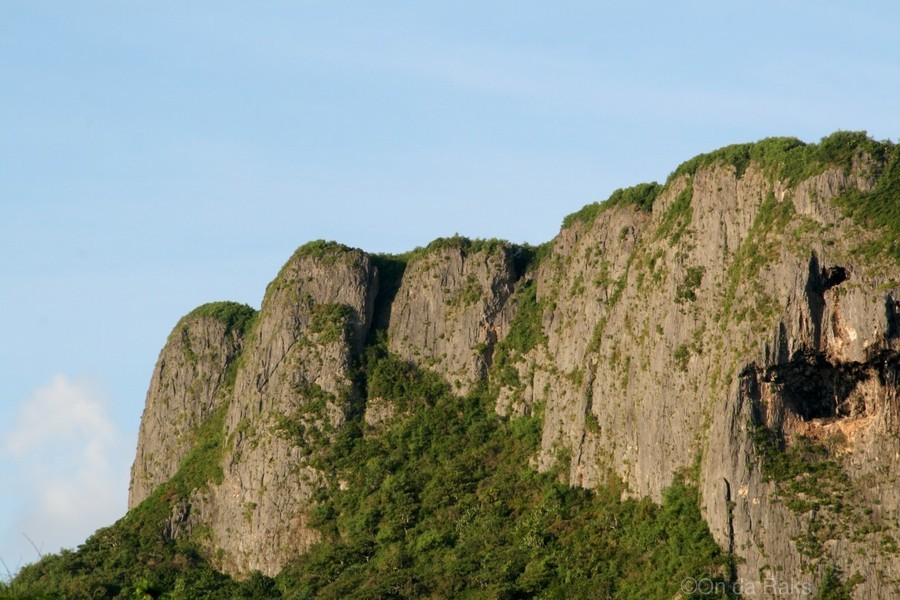
Suicide Cliff is a historical and scenic spot on Saipan known for its dramatic cliffs and panoramic views. The site is named after the tragic events of World War II, and visitors can explore the area to learn about its historical significance while enjoying the breathtaking vistas.
8. Obyan Beach
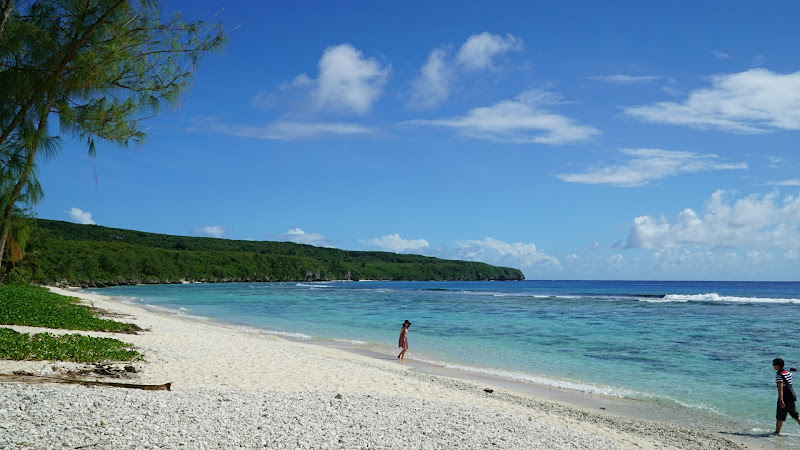
Obyan Beach, located on Rota, is a beautiful and secluded beach known for its crystal-clear waters and white sandy shores. The beach is an ideal spot for swimming, sunbathing, and picnicking, offering a tranquil escape from the more populated areas of the islands.
9. The Northern Mariana Islands Memorial
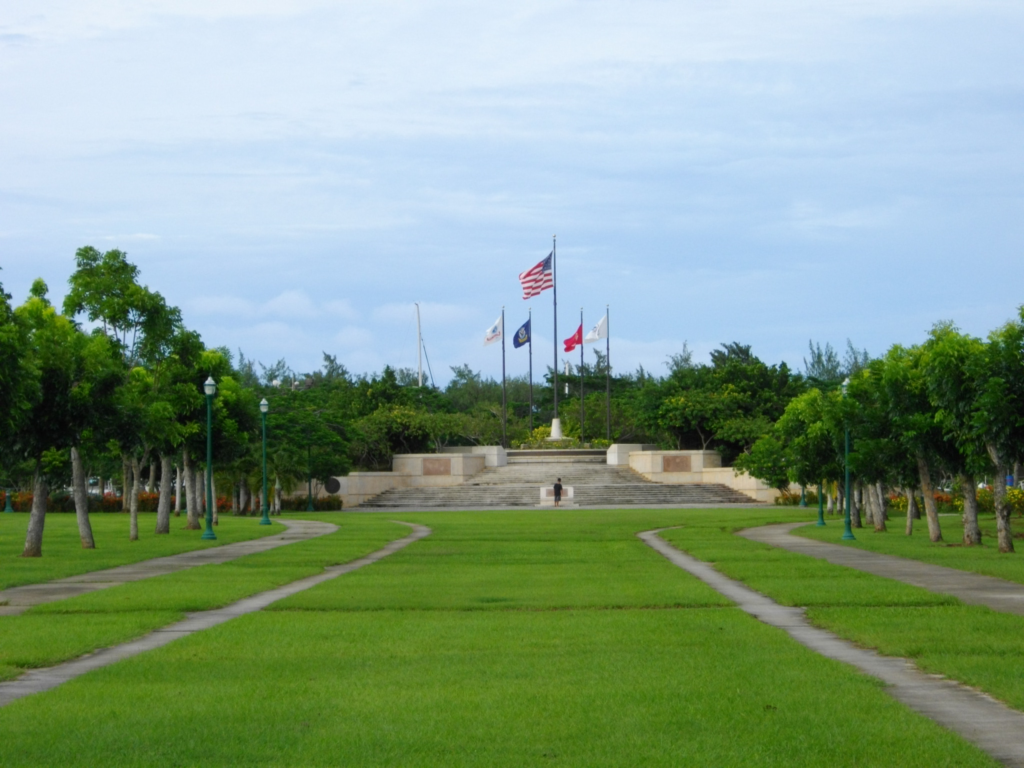
The Northern Mariana Islands Memorial is a historical site dedicated to honoring the lives lost during World War II. The memorial features informative displays and monuments that commemorate the sacrifices made during the conflict and provide insight into the islands’ wartime history.
10. Last Command Post
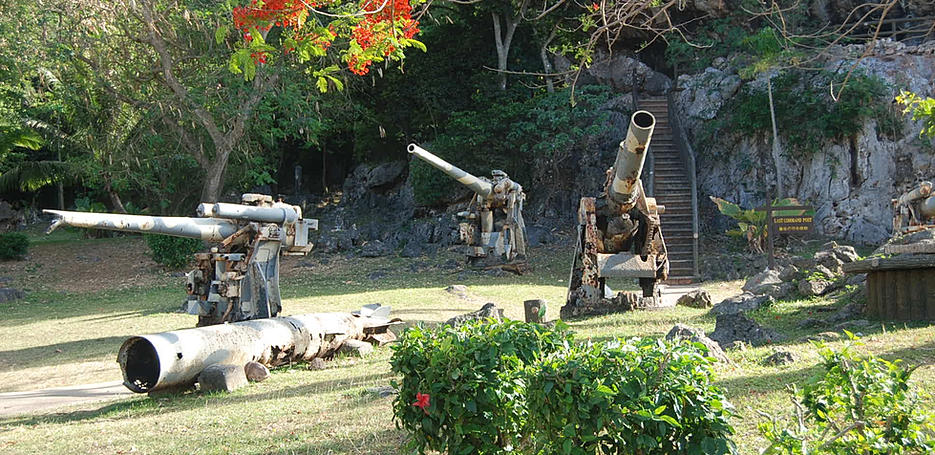
The Last Command Post, located on Saipan, is a historical site that offers a glimpse into the final stages of the World War II battle on the island. The site includes relics, bunkers, and memorials that reflect the intense fighting that took place and provide historical context for visitors.
Culture
The culture of the Northern Mariana Islands is a vibrant blend of Chamorro traditions and diverse influences from European and American history. The Chamorro people, the indigenous inhabitants of the islands, have a rich cultural heritage that includes traditional practices, arts, and ceremonies. The Chamorro culture is characterized by its strong connection to the land and sea, as well as its unique language and customs.
The Chamorro language is an important aspect of the island’s cultural identity, although English is also widely spoken. Traditional Chamorro practices, such as weaving, dancing, and storytelling, are celebrated through various cultural events and festivals. The island’s cultural heritage is preserved through local festivals, crafts, and community gatherings, providing visitors with an authentic experience of the islands’ traditions.
Festivals
The Northern Mariana Islands host several annual festivals that celebrate the local culture, history, and traditions. One of the most notable festivals is the Saipan International Carnival, which features vibrant parades, traditional dances, and cultural performances. The festival is a lively celebration of the islands’ diverse heritage and offers visitors an opportunity to experience the island’s cultural richness.
Economy
The economy of the Northern Mariana Islands is driven by tourism, agriculture, and small-scale industries. Tourism is a significant economic contributor, with visitors drawn to the islands’ natural beauty, historical sites, and cultural experiences. The islands’ agriculture sector includes the cultivation of local crops and production of goods for both local consumption and export. Small-scale industries, including crafts and local services, also play a role in the islands’ economic landscape.
Cuisine
The cuisine of the Northern Mariana Islands reflects a blend of Chamorro traditions and international influences. Local dishes feature fresh seafood, tropical fruits, and traditional ingredients. Popular dishes include “kelaguen,” a spicy meat salad, and “red rice,” a flavorful rice dish seasoned with annatto. The islands’ restaurants and eateries offer a range of dining options, from casual local spots to more upscale establishments, providing visitors with a taste of the islands’ culinary heritage.
Top Eight Most Famous Food
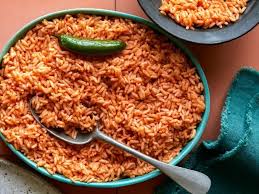



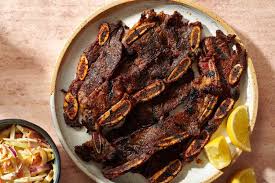
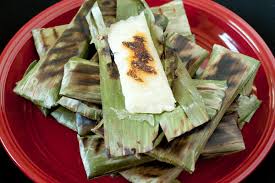


Ten Interesting Facts
- The Northern Mariana Islands consist of 15 islands, with Saipan, Tinian, and Rota being the largest.
- The islands are part of the Mariana Trench, the deepest part of the world’s oceans.
- Saipan is home to the American Memorial Park, which commemorates World War II battles.
- Tinian was the site where atomic bombs were assembled during World War II.
- The Chamorro language is an important part of the islands’ cultural heritage.
- The Grotto on Saipan is a popular spot for snorkeling and diving.
- Forbidden Island is known for its pristine beaches and rugged terrain.
- Bird Island is a sanctuary for various bird species and offers stunning ocean views.
- Suicide Cliff is named after the tragic events of World War II and offers panoramic views.
- The Last Command Post site provides historical context for the World War II battle on Saipan.
Conclusion
The Northern Mariana Islands offer a captivating blend of natural beauty, cultural richness, and historical significance. From its stunning landscapes and historical sites to its vibrant cultural traditions and diverse cuisine, the islands provide a memorable experience for travelers seeking both relaxation and exploration. Whether exploring the archipelago’s rugged coastline, immersing in its rich heritage, or enjoying its culinary delights, visitors will find that the Northern Mariana Islands are a truly enchanting destination in the Pacific.
let’s enjoy few years on earth with peace and happiness….✍🏼🙏

